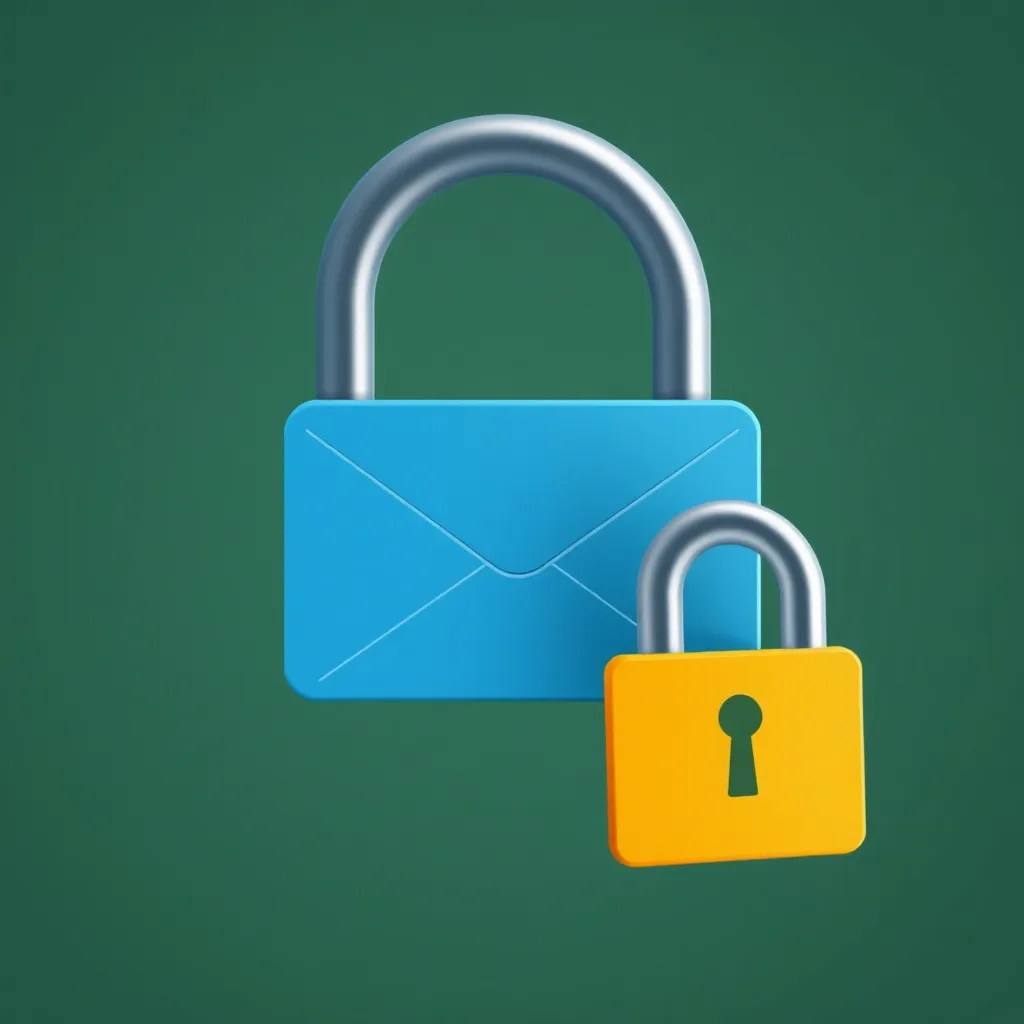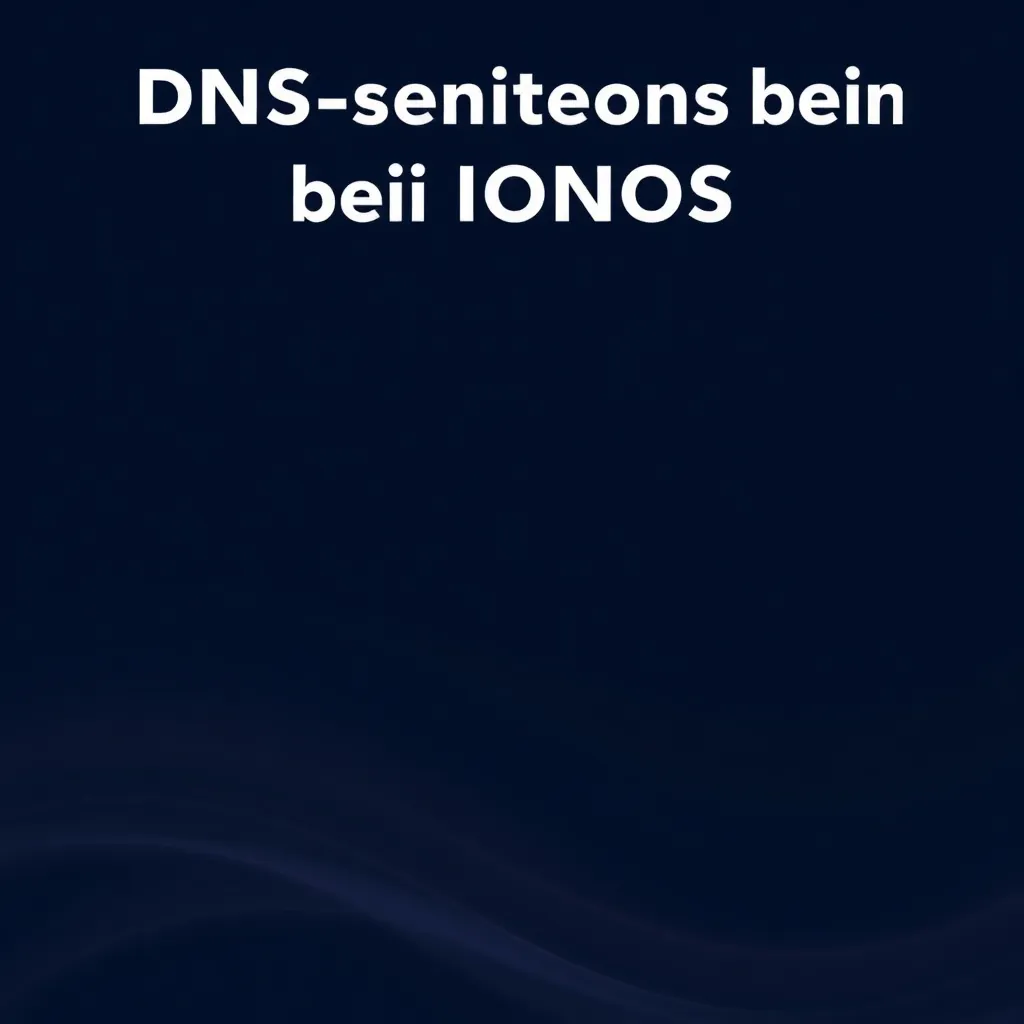A careful Domain Check is crucial to the international success of your online presence. To ensure that your brand works across language and national borders, the domain strategy, choice of name and technical testing must work together optimally.

Key points
- Domain availability Check in different country endings
- Shortchoose memorable and linguistically appropriate names
- Keyword integration in the domain name for better visibility
- Local endings targeted use - for example .de or .fr
- IDNs for language-specific target groups
Why a professional domain check is essential
For international projects, it is crucial that your brand appears globally consistent. A Domain Check helps you to check the availability of desired domains worldwide. This includes not only generic endings such as .com, but also specific country codes such as .es, .jp or .it. Incorrect or duplicate domains often lead to legal conflicts or trademark confusion. Investing in a structured check avoids expensive restarts later on. In addition, many platforms already allow automated checks with reference to domain reputation and historical use.
It also makes sense to monitor all potential domain candidates at an early stage. If you focus exclusively on the first-best variant, you run the risk that second and third variants (for example with slight spelling variations or alternative TLDs) will quickly be registered by third parties. A secure domain strategy can also minimize the issue of typosquatting. This involves intentionally registering similar domain names in order to direct visitors to questionable websites. A comprehensive domain check, which includes synonyms and common typosquatting errors, counteracts such scenarios.
Effective strategies for choosing names for international domains
A well-chosen domain is memorable, strengthens your branding and helps you to be found in search engines. Work consciously with clarity - avoid cryptic or overlong terms. Particularly important: The name should have a neutral or positive connotation in different languages. Test potential terms with native speakers before registering. Tools such as Punycode converters or translation services help you to assess linguistic pitfalls. For international projects, I recommend always registering at least the .com version together with local endings.
Another consideration is the use of subdomains. Internationally active companies in particular create country-specific subdomains, for example, in order to structure individual markets clearly. This allows you to use a uniform main domain and still reflect the local reference in subdomains: de.yourcompany.com, fr.yourcompany.com etc. This has two advantages: On the one hand, the brand message remains consistent, and on the other hand, each subpage can be optimized locally. You should also consider registering entire domain variants per country (e.g. yourcompany.com, yourcompany.fr) for even stronger identification in the respective market.

Advantages of IDNs: Target group-specific domains for global markets
Internationalized Domain Names (IDNs) open up opportunities to reach target groups authentically in their respective writing systems. Particularly in markets with non-Latin characters - such as China, Russia or the Arabic region - IDNs create real familiarity. A domain in Arabic or Cyrillic script appears approachable and significantly increases the click-through rate. These domains can be combined with local cultural or language aspects - such as كفتة.مصر for specialties from Egypt. Plan both the ASCII version and the IDN version together so that you can easily control redirects. Many providers offer IDN previews where you can immediately see how the domain looks on end devices.
An additional advantage arises from local search engine optimization: search engines such as Baidu, Yandex or special Arabic search services often see IDNs as a positive signal, as they offer increased user-friendliness in the respective cultural area. So if you are shifting your business focus to a specific region or language community, an authentic IDN domain can improve your positioning and user acceptance in the long term. However, you should check the feasibility carefully, as there may still be restrictions in the administrative area (e.g. DNS entries, email addresses).
The most important domain extensions for international projects
Depending on the target region, you should focus on strategically suitable domain extensions. The following table provides an overview of suitable TLDs and their most common areas of use:
| Ending | Recommended use | Target markets |
|---|---|---|
| .com | Globally applicable, high recognition value | Worldwide |
| .de | National branding for Germany | Germany |
| .fr | Local SEO optimization | France |
| .co.uk | Local trust | United Kingdom |
| .cn | Relevance on Chinese markets | China |
In addition to these classic endings that are associated with your desired market, there are now also generic TLDs such as .store, .blog or .expert. These can also be interesting for certain industries or niches. In an international context, however, you should make sure that such specific endings are also understandable in other languages.

Domain check tools: These services save time
Intelligent domain checkers help to quickly check availability and find alternatives. Search services with AI-supported name suggestions or semantic understanding are particularly powerful. I recommend platforms that check several country domains in parallel. This gives you speed and clarity. The Domain Check with providers such as IONOS, Hostinger or World4You also offers WHOIS data or recommendations of similar domains. If your desired domain is already taken, check whether a Domain purchase is possible and how the owner can be contacted.
In addition to simply checking availability, it is also worth investigating the history of a domain. Services such as Wayback Machine (Archive.org) provide insight into what content was previously available at the desired address. This is relevant for SEO, but also for reputational reasons. If a domain was known as a spam or malware slinger in the past, this could have a negative impact on your project in the long term - even if you have no connection to the old content. A thorough check prevents nasty surprises and ensures that you can launch an unencumbered domain.
Domain reputation: Why the reputation of your domain matters
Domain reputation influences your rankings in search engines and the trust of users. A domain with a negative history (spam, malware, phishing) can lead to ranking losses or even be blocked. Check domains carefully before purchasing them using tools such as MXToolbox, Google Transparency Report or Spamhaus. These provide information on previously registered cases of abuse. Avoid domains that are already on blacklists or have previously received sanctions from search engines. In some cases, it may also be worth rebuilding after the deletion period - with clear separation of previous content.
You should also keep a constant eye on the domain reputation. Even if the domain has a good reputation, any security leak or temporary abuse by third parties (hacker attacks, phishing embeds) can quickly cause protection mechanisms such as Google Safe Browsing to sound the alarm. A regular check, combined with solid security architecture and monitoring, strengthens the trust of your users and keeps the domain free of negative entries. Email configurations (SPF, DKIM, DMARC) should also be correctly integrated so that newsletters and transactional emails do not end up in spam folders.

Technical check before registration
An availability check alone is not enough - make sure that DNS configuration, SSL support and redirects are set up correctly. Test your desired domain in combination with hosting environments and CMS systems. Pay particular attention to compatibility with common browsers and email providers for umlaut domains or IDNs. Also check whether redirects from .de to .com (or .fr, .es etc.) work and whether subdomains such as blog.mycompany.com can be created. A technical check protects you from restrictions in later operation.
You should also check whether your hosting provider supports certain domain extensions at all or whether special requirements apply for some more exotic country domains (e.g. certain island states). Some countries only offer domains for local companies or require proof of a registered office in the country. A close look at the domain guidelines will prevent you from making the wrong purchase. Also pay attention to possible term conditions or special prices for special TLDs to avoid unexpected costs later on.
Legal aspects of international domains
Trademark registrations, naming rights and copyright issues play a major role when registering international domains. Clarify in advance whether your desired domain is protected or used in other countries. Disregarded rights can result in warnings and legal action. An EU-wide or international trademark registration provides additional protection. Domain names that sound negative or offensive in other languages should also be avoided - they permanently damage the brand image. A preliminary discussion with specialized legal advice can save high follow-up costs here.
Another legal aspect is the handling of personal data on your websites as soon as you offer projects in different countries. In some cases, data protection regulations (e.g. GDPR in the EU, CCPA in California) differ considerably. Even if this does not directly affect the domain, the choice of domain (ending) can still influence legal perceptions. For example, many users associate a .de domain with protection under German law and are accordingly sensitive if data processing takes place in another country. If you operate globally, it is worthwhile clearly indicating this in your privacy policy.

Increase SEO potential through domain structure
The right domain can directly influence the position in the search results. Use relevant keywords in the domain name - such as "reisen-spanien.de" or "techreview-global.com". This supports your content with additional relevance. Avoid excessive hyphens or terms that have nothing to do with your niche. A clean URL structure without redirect chains offers additional ranking benefits. The domain must be easy to understand for both machines and humans. If you operate globally, you should focus on clearly recognizable domains instead of creative neologisms with no connection to the topic.
It is also worth using a comprehensive international SEO concept with hreflang tags if you create your own country pages or subdomains. This signals to Google and other search engines which content is relevant for which region or language. A clear domain or subdomain structure enables a strong reference to the respective target group. Furthermore, titles and meta information should be adapted linguistically for each country. In this way, you can maximize the impact of your domain at search engine level.

Domain management and long-term monitoring
Once you have decided on a domain strategy and registered various versions, the real work of administration and maintenance begins. It is advisable to set up a central domain portfolio in which all TLDs, subdomains and redirects are stored. It is important to ensure that registrars and hosters have uniform settings. Different renewal periods or differing DNS configurations can lead to confusion. You should therefore rely on automated renewals and store an up-to-date e-mail address for notifications. A domain that accidentally expires can quickly be taken over by a third party.
A monitoring service that specifically registers when third parties register domains that are very similar to yours is also useful. This applies in particular to brand names or popular typo variants. An early warning can help to take legal action in good time or avoid domain disputes. The stronger your brand grows, the greater the risk of misuse or domain grabbers. Well thought-out domain management therefore not only means choosing the right endings, but also monitoring and maintaining your domain landscape in the long term.
Local brand building and cultural sensitivity
If you want to grow internationally, you should not only consider the technical side, but also the cultural side. A domain can quickly become a local brand if it has the right linguistic connotations. It is therefore advisable to search specifically for terms that are positively associated in the respective national language. Simply adopting the German or English brand name works well in some countries, but in others it may not be understood. More and more companies are starting to name individual product lines or services with country-specific additions. This creates a closer connection to the regional market.
Logos, colors or numbers can also play an important role in certain cultures. A supposedly harmless string of characters in the domain could have a negative meaning in another country. Pronunciation can also be a stumbling block: a domain that is difficult to pronounce in a foreign language automatically loses its recognition value. This is precisely why test runs with native speakers or local agencies are so important. A thorough approach here ensures that the domain achieves the intended cultural and linguistic effect.
Name protection and extension of the trademark
Once you have successfully established a domain strategy and secured several international endings, the question of additional trademark protection arises. An international trademark registration (e.g. via WIPO) ensures that your registered brand name is protected in various countries. This complements your domain registrations and strengthens the legal status of your trademark. If competitors try to register similar domains, you can react more quickly and take legal action. A solid brand strategy always includes both classic brand protection and forward-looking handling of domain endings.
A practical side effect: if you have a clearly defined brand with a registered domain, it is easier to communicate a domain move or restructuring if necessary. Users immediately recognize that it is the same brand, even if the ending or subdomain changes. In this way, any moves to .com or country-specific endings remain comprehensible and do not affect brand awareness. Consistent branding strengthens your position in the long term - both offline and online.
My conclusion on domain check and name selection
The domain check is not just a technical step, but a strategic tool with a major impact on your international visibility. From appropriate spelling to cultural relevance and SEO impact - it all starts with the right name. Think long-term when making your choice and check the technical and legal details thoroughly. If you plan domains carefully, you will save high rewriting costs later on and preserve your brand identity across national borders.



